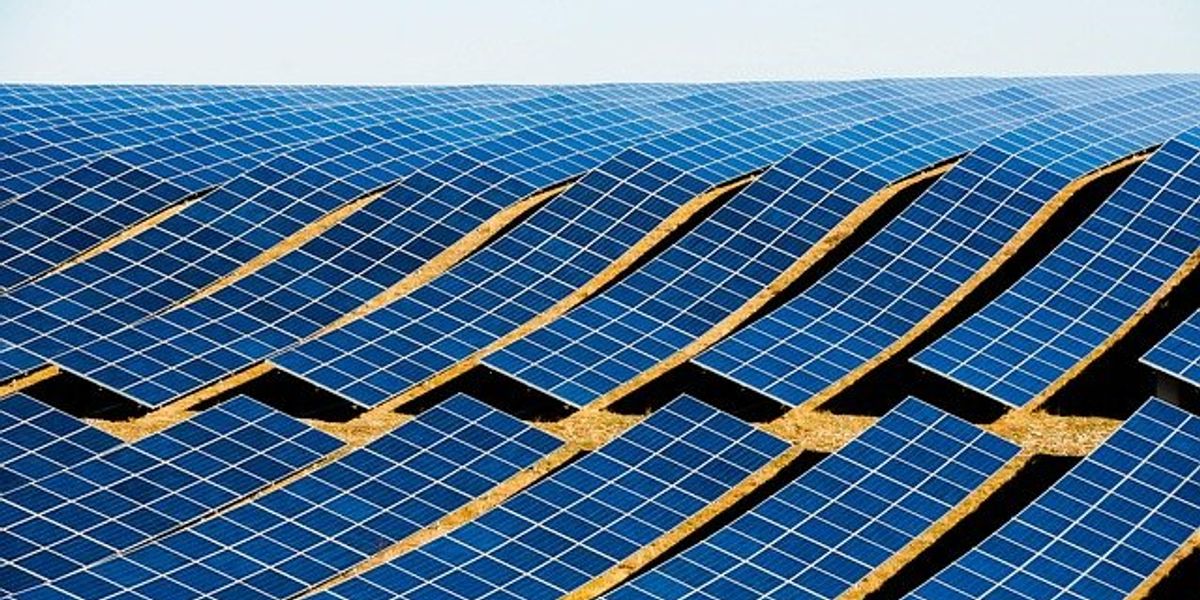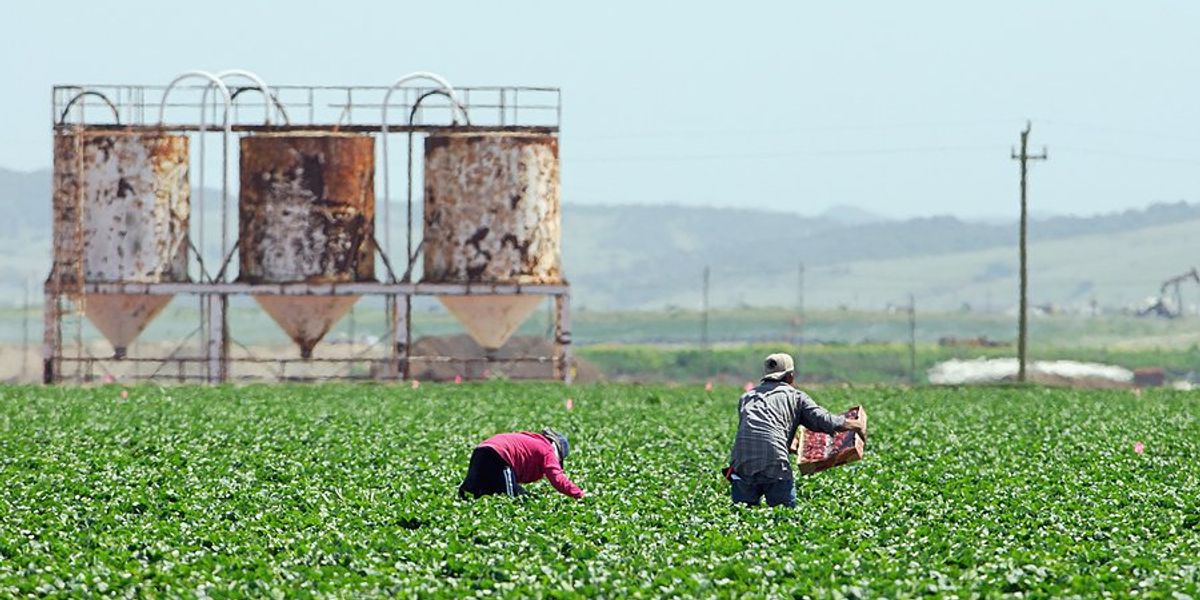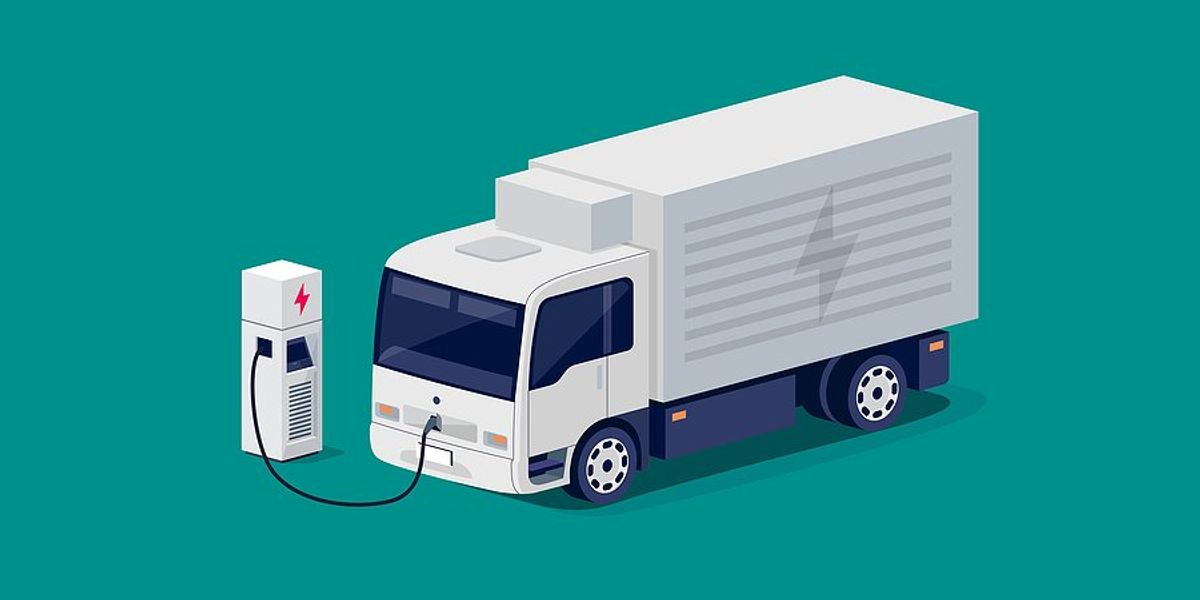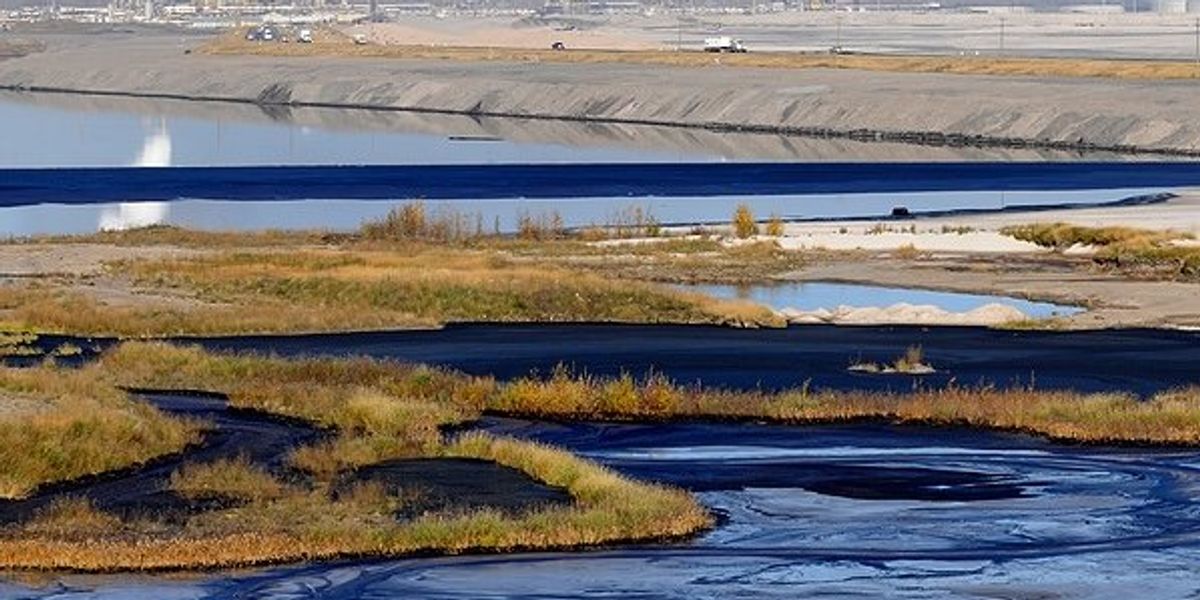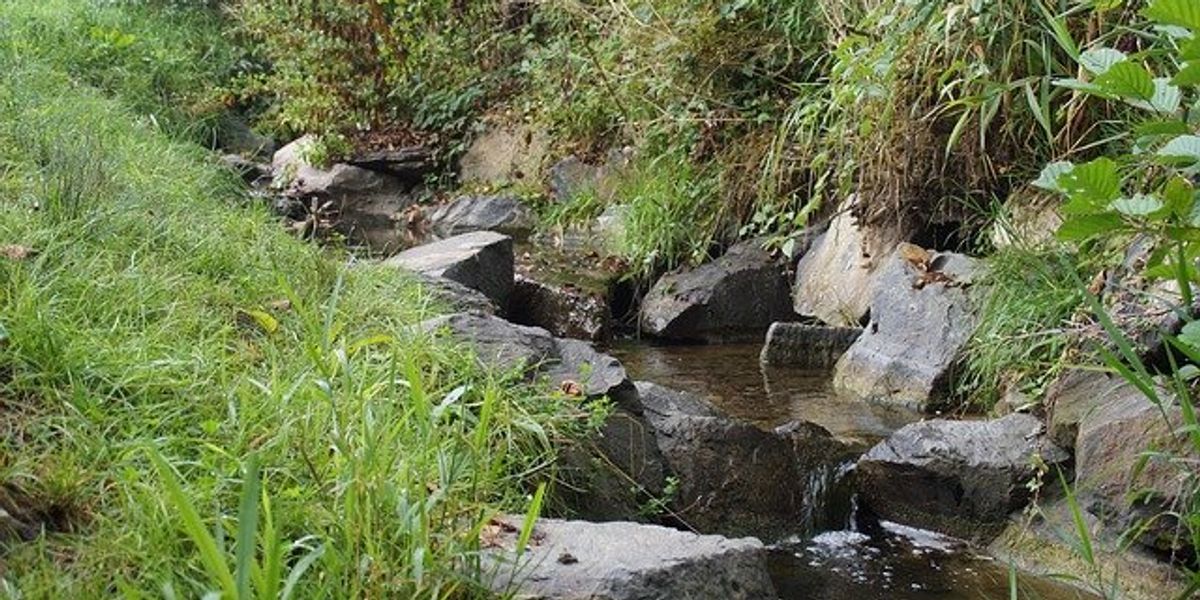
Trump White House tells agencies to ignore climate costs when writing rules
The Trump administration has eliminated the use of the "social cost of carbon" in federal rulemaking, reversing decades of climate policy and economic analysis.
Lisa Friedman reports for The New York Times.
In short:
- The administration directed agencies to stop including climate-related economic damages in cost-benefit analyses unless legally required, sidelining a tool used to justify pollution limits.
- First developed under Obama and expanded under Biden, the social cost of carbon has ranged from $42 to $190 per ton, representing climate-driven harms like floods, fires, and droughts.
- Critics say the move dismisses scientific consensus and opens the door for the administration to weaken regulations on emissions-heavy industries.
Key quote:
“It’s very clear that climate change is causing harms to people in the United States and around the world, and that these harms are growing worse with increasing warming.”
— Robert E. Kopp, climate scientist at Rutgers University
Why this matters:
Climate change already imposes massive and growing economic costs — from flooded cities to deadly heat waves, from disappearing coastlines to disrupted agriculture. The social cost of carbon is a widely accepted tool for quantifying these harms and guiding decisions on everything from fuel efficiency standards to power plant permits. Eliminating it from regulatory decision-making means agencies may no longer weigh the long-term damage of pollution against short-term industrial costs. This shift could accelerate fossil fuel development, prolong environmental harm, and erode decades of work linking economics and climate science. It also increases the likelihood of legal challenges as environmental groups argue that agencies are ignoring fundamental climate risks.
Learn more: Key climate cost metric gets the axe

